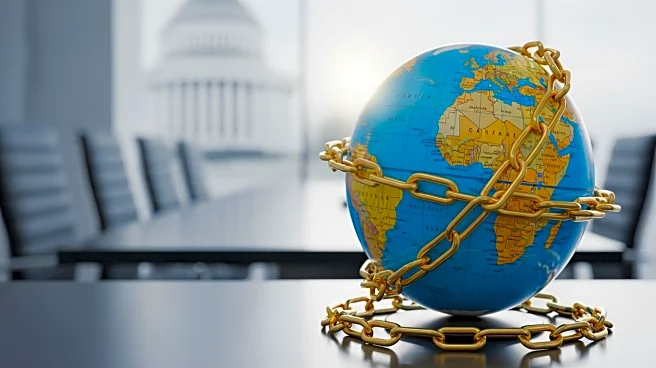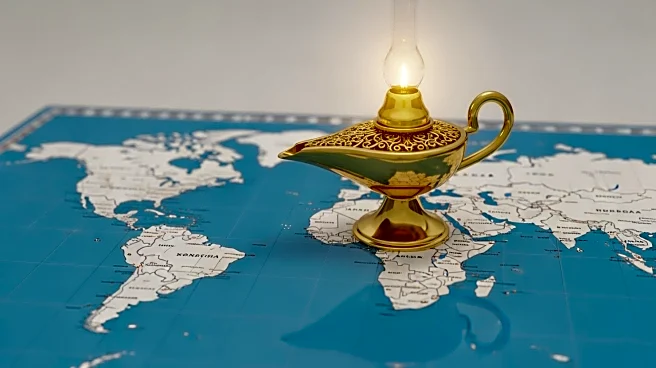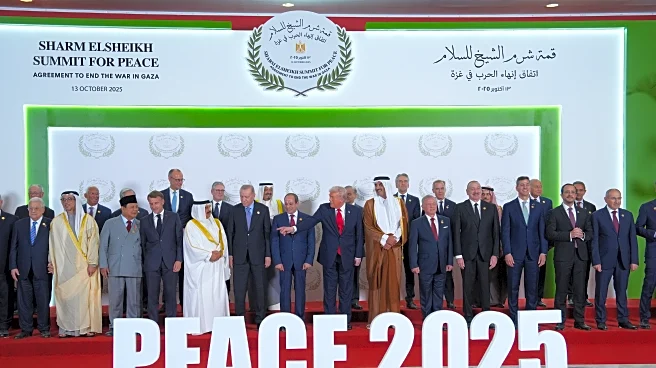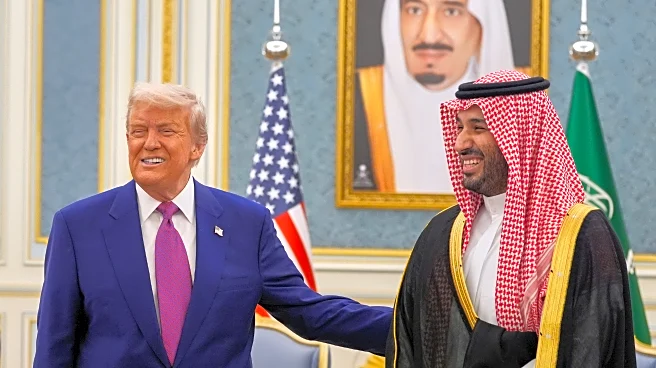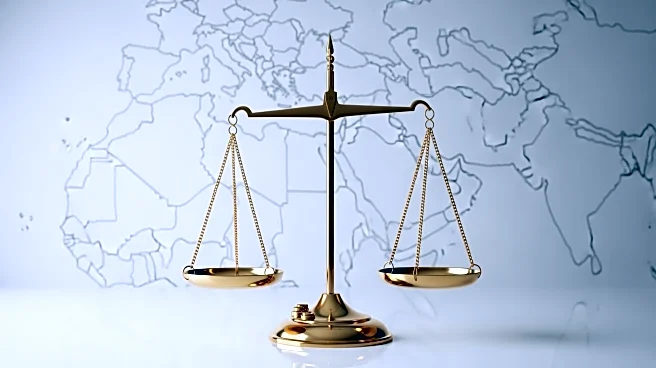What's Happening?
President Donald Trump's administration is preparing for a visit by Saudi Crown Prince Mohammed bin Salman to the United States next month. This visit could mark the first state visit by a foreign leader
in Trump's second term. The visit is tentatively scheduled for November 17-19, although the timing may change. The visit aims to strengthen U.S.-Saudi relations, with a focus on commercial and trade agreements under a Strategic Economic Partnership. This visit follows Trump's efforts to restore relations with Gulf Arab nations, which were strained by regional conflicts. The visit will be the first by the crown prince to the U.S. since the 2018 killing of journalist Jamal Khashoggi, an incident that led to U.S. sanctions against several Saudi officials.
Why It's Important?
The visit is significant as it represents a continued effort by the Trump administration to mend ties with Saudi Arabia, a key ally in the Gulf region. Strengthening these ties could have implications for U.S. foreign policy, particularly in terms of military cooperation and economic partnerships. The visit also comes at a time when the U.S. is seeking to expand the Abraham Accords, which normalized relations between Israel and several Arab nations. A successful visit could pave the way for Saudi Arabia to join these accords, potentially reshaping Middle Eastern geopolitics. Additionally, the visit could impact U.S. domestic politics, as it may influence public perception of Trump's foreign policy achievements.
What's Next?
During the visit, President Trump and Crown Prince Mohammed bin Salman are expected to sign or witness several agreements, primarily focused on trade and security. A bilateral security deal is reportedly under discussion, which could enhance military cooperation between the two nations. The visit may also provide an opportunity for the U.S. to further its diplomatic goals in the Middle East, particularly in relation to the ongoing conflict in Gaza. The outcomes of the visit could influence future U.S. foreign policy decisions and impact the broader geopolitical landscape in the region.




